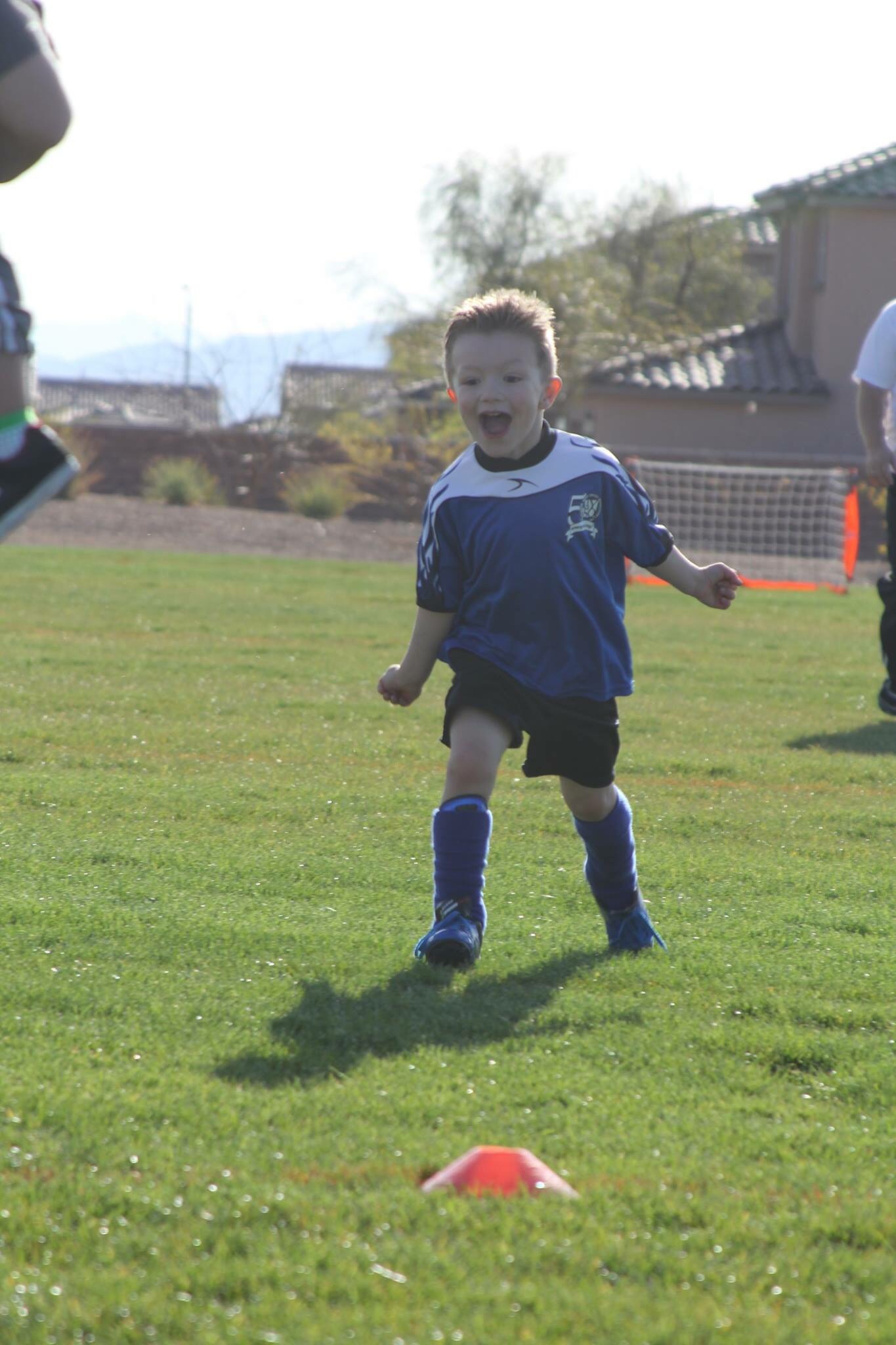How to Warm Up for Your Practice
Posted in:
Warming up is an essential part of practice. When designing a warmup for your team, be sure to keep these three principles in mind. First, stay under five minutes. Second, start out with easy movements and progress to harder ones. Finally, make sure the warmup is appropriate for the age group with which you are working.
1. Keep it Under Five Minutes
 Warmups are great, but don’t overdo it. Get heart rates up and bodies loose then move on to the important part of practice: Practicing the sport. Plus, after five minutes, young attention spans begin to drift, which is never conducive to a good practice.
Warmups are great, but don’t overdo it. Get heart rates up and bodies loose then move on to the important part of practice: Practicing the sport. Plus, after five minutes, young attention spans begin to drift, which is never conducive to a good practice.
2. Progress the Warmup from Easy to Hard Movements
Young athletes generally arrive to practice after a long, sedentary day at school. They are also cognitively drained, which can make them unfocused. Do them a favor and start them off easy.
Light jogging, side shuffles or skipping will get their heart rates up and ease them into practice. Once you have them moving, proceed to lunges. They are easy to teach and get everything from the ankles to the hips loosened up. From there, slowly transition into more complex movements. Aim to finish the warmup with a race, sport-specific movements or even a pushup or squat series.
3. Make Sure the Warmup is Appropriate for the Age Group
Athletes have variable body awareness at different ages. A group of eight to 10 year-olds will struggle with more advanced movements in a way that a group of 15 to 18 year-olds will not. As such, you should scale the warmup to your team’s age and ability. Below are a few examples of generalized, age appropriate warmups.
Example 1: General Warmup for Eight to Ten Year Olds
- Skips down and back
- Side shuffles down and back
- Forward lunge down
- Frankenstein’s back
- Side lunge down and back
- 10 pushups and 10 squats
- In pairs, race down and back
Example 2: General Warmup for 15 to 18 year-olds
- Jog with arm circles forward
- Open gates back
- Side shuffles with overhead reach down and back
- Spiderman lunge down
- Walking single leg toe touches
- Side lunge with overhead reach down and back
- Push-up to inchworm down
- Broad jump back
- Partner passing drill down and back
If your team falls somewhere between these two ages, treat these two examples as opposite ends of a spectrum and adjust accordingly. Experiment with different movements and find out what works best for your team.
Quentin Stuart is a senior economics major at Macalester College in Saint Paul, Minnesota. He is passionate about youth athletic development and has worked at gyms across the country where he has trained youth, college, and professional athletes. You can contact Quentin at qstuart@macalester.edu.
